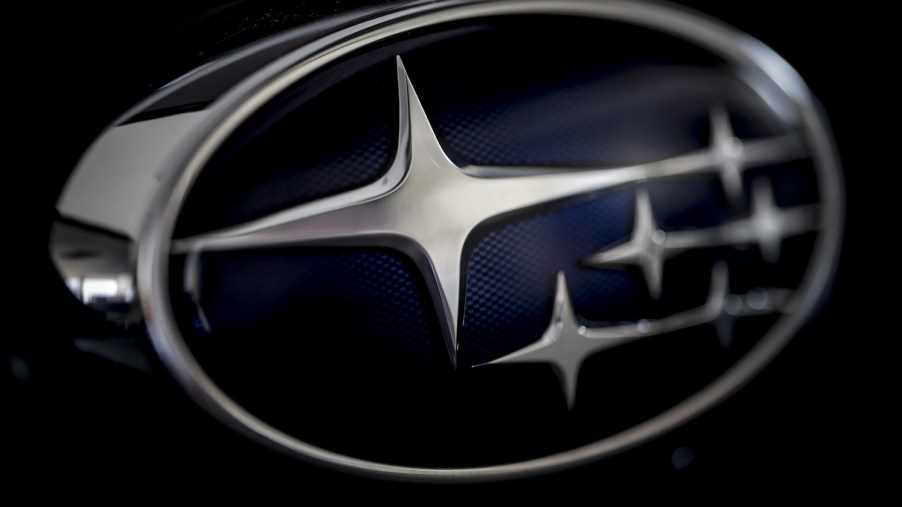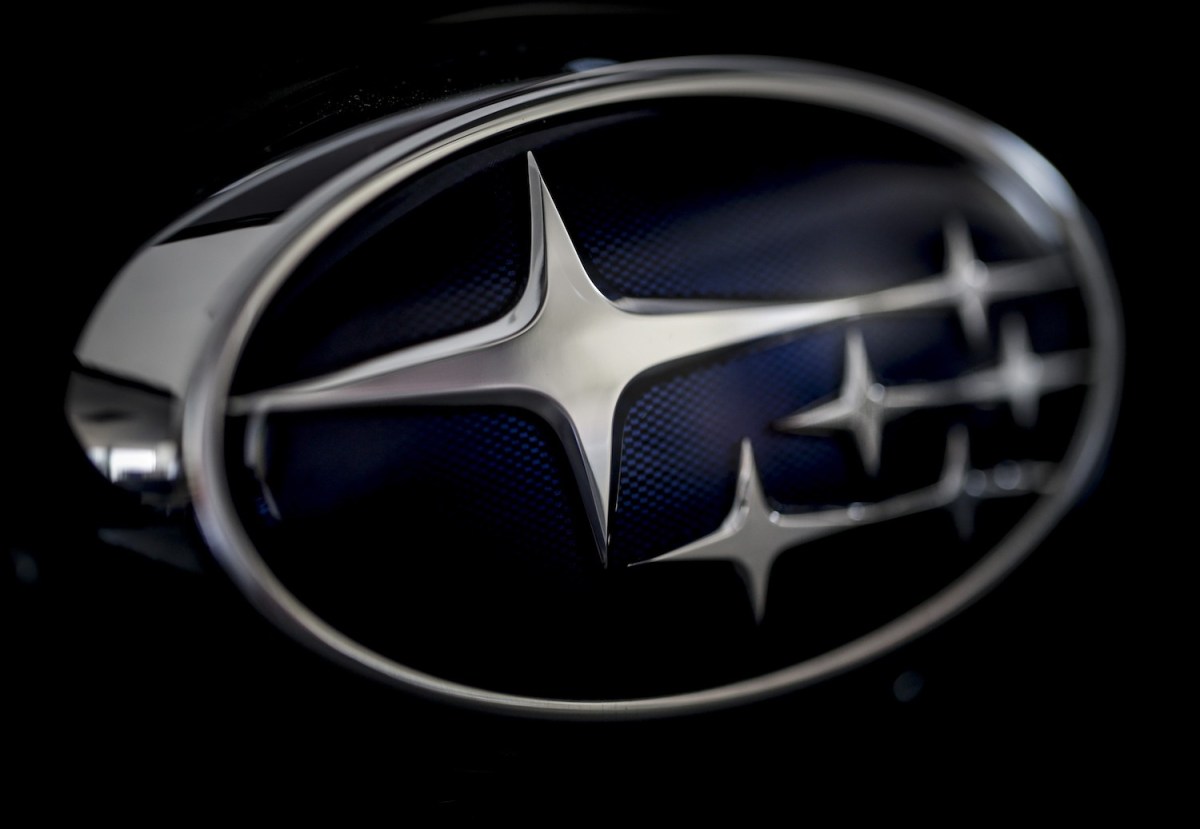
The Subaru SVX Is a Long-Forgotten Subaru Car Ahead of Its Time
Despite its origin as Fuji Heavy Industries, manufacturing large transportation equipment, Subaru has always been a quirky company. The automaker has shown consistent unconventionality, from the 360’s odd engine to the BRAT’s terrifying rear seat placement. Regardless, the Japanese manufacturer has constantly mixed utility and function successfully. For example, the company was the first to sell an all-wheel-drive passenger car in the United States with the 1975 Subaru 4WD Wagon. However, the brand’s daring efforts haven’t always worked. Sometimes innovation comes at a significant price, especially with the Subaru SVX.
What is the Subaru SVX?

The Giorgetto Giugiaro-designed Subaru SVX debuted at the 1989 Tokyo Auto Show with a slightly odd, aircraft-inspired window-within-a-window concept. Following the aviation-influenced XT, the futuristic design featured a glass-to-glass canopy. Only about two-thirds of the window on each side opened, much like a DeLorean DMC-12.
In Japan, Subaru marketed the sporty coupe as the Alcyone SVX. “Alcyone” referred to the brightest star in the Pleiades constellation, reflected in the Subaru logo, according to CarFromJapan.com. The acronym “SVX” stands for “Subaru Vehicle X,” which saw production from 1991 to 1996 over a single generation.
How fast is the Subaru SVX?
The SVX’s 24-valve, quad-cam, 3.3-liter flat-six boxer engine harnessed 231 hp and 228 lb-ft of torque. The power was enough to push the 3,600-pound car from 0 to 60 mph in 7.3 seconds and a top speed of 154 mph. However, an electronic speed governor decreased the limit to 143 mph after 1994, Autos.ca reports. Unfortunately, Subaru didn’t make a manual transmission that could handle the EG33 engine’s power, so all SVX models had four-speed automatic transmissions.
Although some SVXs were front-wheel drive, most had one of two electronically controlled AWD systems. Models sold in Japan, Australia, Brazil, and Europe received the advanced variable torque distribution (VTD) AWD system employing a planetary center differential. According to Cars Directory, the system is a permanent AWD due to its 36/64% front-to-rear split.
The active torque split (ACT-4) AWD system varied the torque applied to the rear wheels based on several inputs. It used a variable clutch pack center differential using a 90/10% power split front-to-rear. Subaru used ACT-4 throughout the six-year production run on models for sale in the United States. The U.S. market didn’t get the VTD because of emissions testing. VTD isn’t capable of FWD only, so it can’t be evaluated on dynos, which emissions testing requires in some states.
Is the Subaru SVX rare?
Subaru SVX sales peaked in the first year, reaching 5,280 in the United States in 1992. But interest dropped off quickly. Production ended in December 1996 with less than 25,000 units built.
One rarity is the exceedingly unique SVX with four-wheel steering. According to a listing on Bring a Trailer, Subaru built the Japanese-spec CDX-coded SVX L in the car’s first two years of production. Only 1,905 examples rolled off the production line in Ōta, Japan.
Although any SVX is rare, they aren’t that expensive to purchase.
How much is the Subaru SVX worth?
Carsforsale.com shows six American-spec examples for sale between $4,000 and $15,000. Even imports with low miles are relatively cheap. JDM Export lists one with 25,000 miles on the clock for $30,000, including shipping.
When the Subaru SVX hit the American market in 1992, the base model cost $24,445, and the range-topping LS-L was $28,000. Adjusted for inflation, that’s $50,741 and $58,120. By the end of the car’s production in 1996, the price had skyrocketed to $36,740 for the LSi, the same as the 1992 LS-L. In 2022 dollars, that’s $65,369 — for a Subaru.
Why did the Subaru SVX fail?
Subaru lost $3,000 on every SVX sold, a total loss of $75 million, Autos.ca reports. Unfortunately for Subaru, the early to mid-’90s was also the era of the competitive Nissan 300ZX and Toyota Supra. Moreover, Subaru considered the SVX a luxury vehicle. Even if the car was directed at getting a foothold in the market, the company didn’t try again until 2005 with the Tribeca. Regrettably, the SUV was another failed venture.
The Subaru SVX was a short-lived splash of innovative weirdness. Sadly, it was far too expensive and forward-thinking for its time. Nevertheless, the SVX remains a triumphant example of Subaru’s engineering expertise and pioneering attitude.


